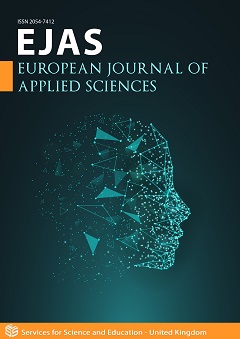Effects of Biophotonic Treatment on Hematologic and Metabolic Parameters
DOI:
https://doi.org/10.14738/aivp.121.16216Keywords:
Diabetes, Hemoglobin A1c, Oxygen saturation, BiophotonicsAbstract
The wide-ranging effects of healthful vs. damaging consequences of UV irradiation on key physiologic parameters are reviewed in this paper. The effects are dependent on the wavelengths encountered, the absolute intensity and duration of the exposure, the tissues exposed, and whether the UV effects were delivered via in vivo or as an extracorporeal exposure in vitro typically performed with freshly obtained heparinized aliquots of whole blood. While damaging effects of high UV intensity may include irreversible irradiation damage to key cellular and molecular components, controlled low dosages of UV irradiation delivered via a conventional biophotonic apparatus at specific, controlled wavelengths can deliver beneficial effects on blood oxygenation, tissue repair, immune responses, glycemic responses, and glycated hemoglobin (HbA1c) concentrations. HbA1c is an important diagnostic marker for the effectiveness of diabetes management. Studies reviewed demonstrate increases in blood oxygenation and corresponding decreases in HbA1c concentrations following nominal biophotonic treatment and indicate that the application of this therapy extends beyond its more commonly applied applications in the treatment and control of infectious illnesses and anti-aging biophotonic therapeutics.
Downloads
Published
How to Cite
Issue
Section
License
Copyright (c) 2024 Orien L. Tulp, Syed A. A. Rizvi, George P. Einstein

This work is licensed under a Creative Commons Attribution 4.0 International License.






